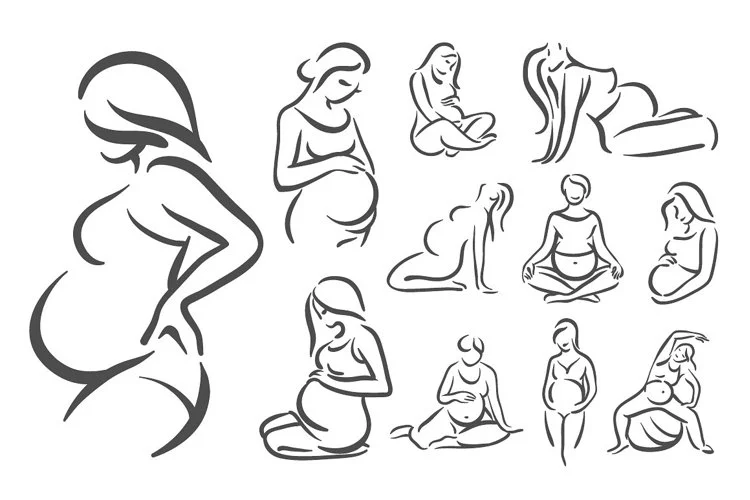As a medical professional, I often encounter individuals grappling with the complexities of reentering the dating world after a long-term marriage. Friends frequently pose the question, “What’s it like to date again after years of commitment?” Their curiosity often masks deeper concerns about their own relationships, particularly if they sense instability. They are, in essence, seeking a nuanced understanding of the emotional and physical dimensions of dating at this stage in life.
Let’s dissect this multifaceted inquiry into several key areas:
1. Sexual Experiences at This Age
Dating in midlife can yield both familiar and unexpectedly rewarding sexual experiences. The absence of youthful pretense often leads to more authentic interactions. Partners are generally more communicative about desires, resulting in a fulfilling dynamic. Moreover, one no longer faces the fear of unintended pregnancy, which can liberate the experience. Intimacy is approached with a sense of gratitude and honesty, allowing for exploration without the emotional baggage that may have accompanied earlier relationships.
2. Body Image Concerns
While physical appearance naturally changes with age, many individuals report a decreased sense of embarrassment regarding their bodies. This acceptance can be liberating and often accompanies a newfound appreciation for one’s physical self. The journey toward self-love is a significant aspect of this phase, allowing for a more confident approach to dating.
3. Finding Potential Partners
The landscape of dating has dramatically shifted with the advent of technology. For those who dated before the digital age, the transition to apps like Hinge and Tinder can feel daunting. Today’s dating experience requires a proactive mindset; initiating conversations and suggesting venues are essential components. The potential for meaningful connections exists, but it often necessitates stepping outside one’s comfort zone, such as asking a fellow parent out for coffee or engaging with friends for introductions.
4. Activities on Dates
The nature of dates has evolved. Many now prefer engaging in shared activities rather than traditional meals, which can foster more genuine connections. Outings to museums, walks in the park, or even casual meet-ups while managing parental responsibilities can provide an enriching dating experience.
5. Exploring Dating Apps Together
Married friends often express interest in learning about dating apps. Sharing the experience can be enlightening, as long as it’s approached with care. It’s vital to maintain discretion and to ensure that the process remains respectful and enjoyable.
6. Assessing What You Might Be Missing
For those in fulfilling marriages, the anxiety of missing out on dating isn’t warranted. However, if a marriage is faltering, it may be time to reevaluate. Seeking professional help can be a constructive step. The goal should be to foster a partnership grounded in empathy and mutual respect.
7. Feelings of Loneliness
Experiencing loneliness is common, yet it can also be an opportunity for personal growth and resilience. Acknowledging this feeling is part of the healing process and can lead to a better understanding of oneself.
8. Maintaining Hope
Hope plays a crucial role in the dating journey. It fuels the desire for connection and fosters a positive outlook on future relationships.
In conclusion, dating after marriage can be a complex yet rewarding experience, filled with opportunities for personal growth and connection. Engaging with the process thoughtfully can lead to fulfilling relationships down the line. For those interested in further exploring the intricacies of home insemination and pregnancy, resources like WomensHealth.gov provide valuable insights. Additionally, Cryobaby’s at-home insemination kit offers essential tools for those looking into this option. For more on navigating similar topics, you can check out this blog post.
